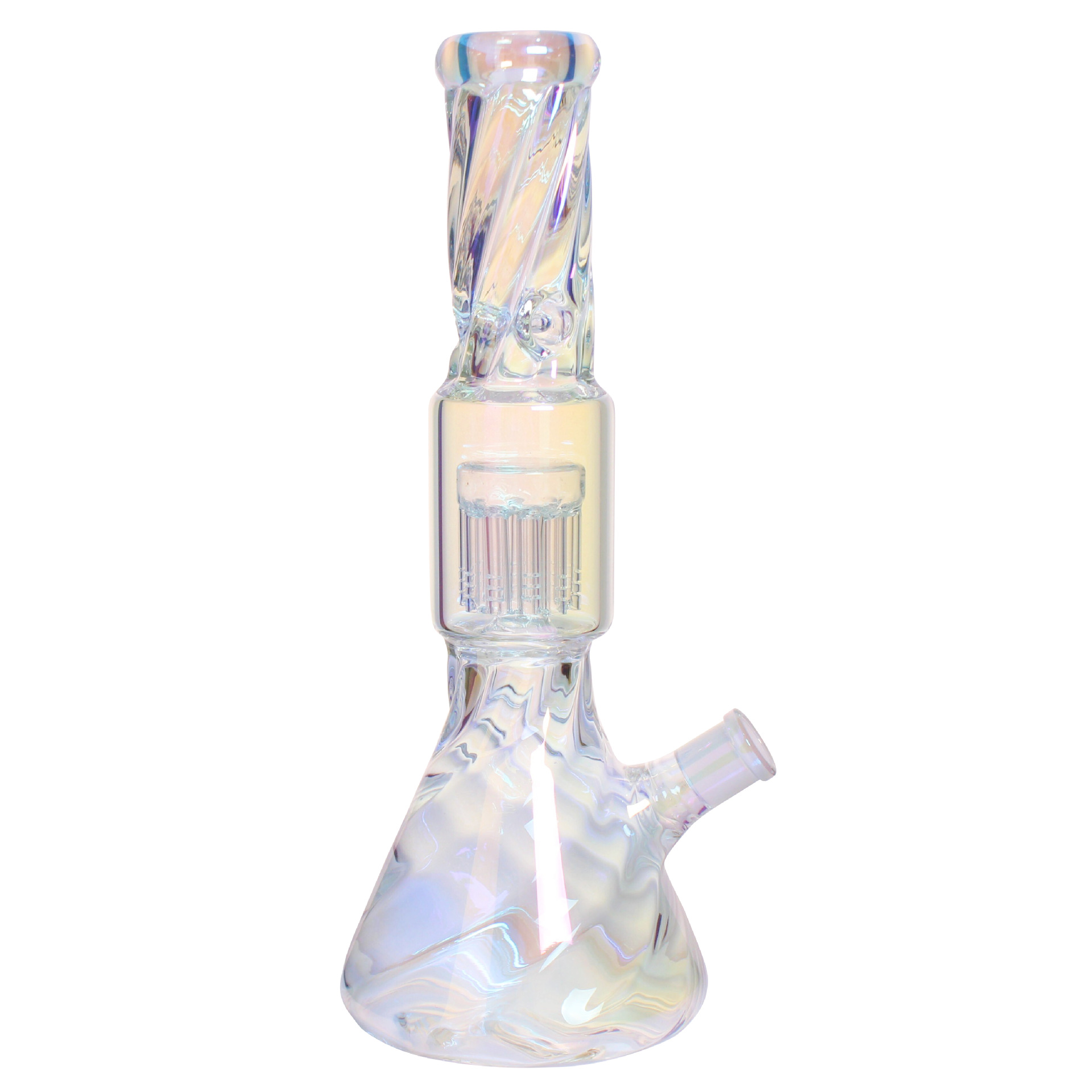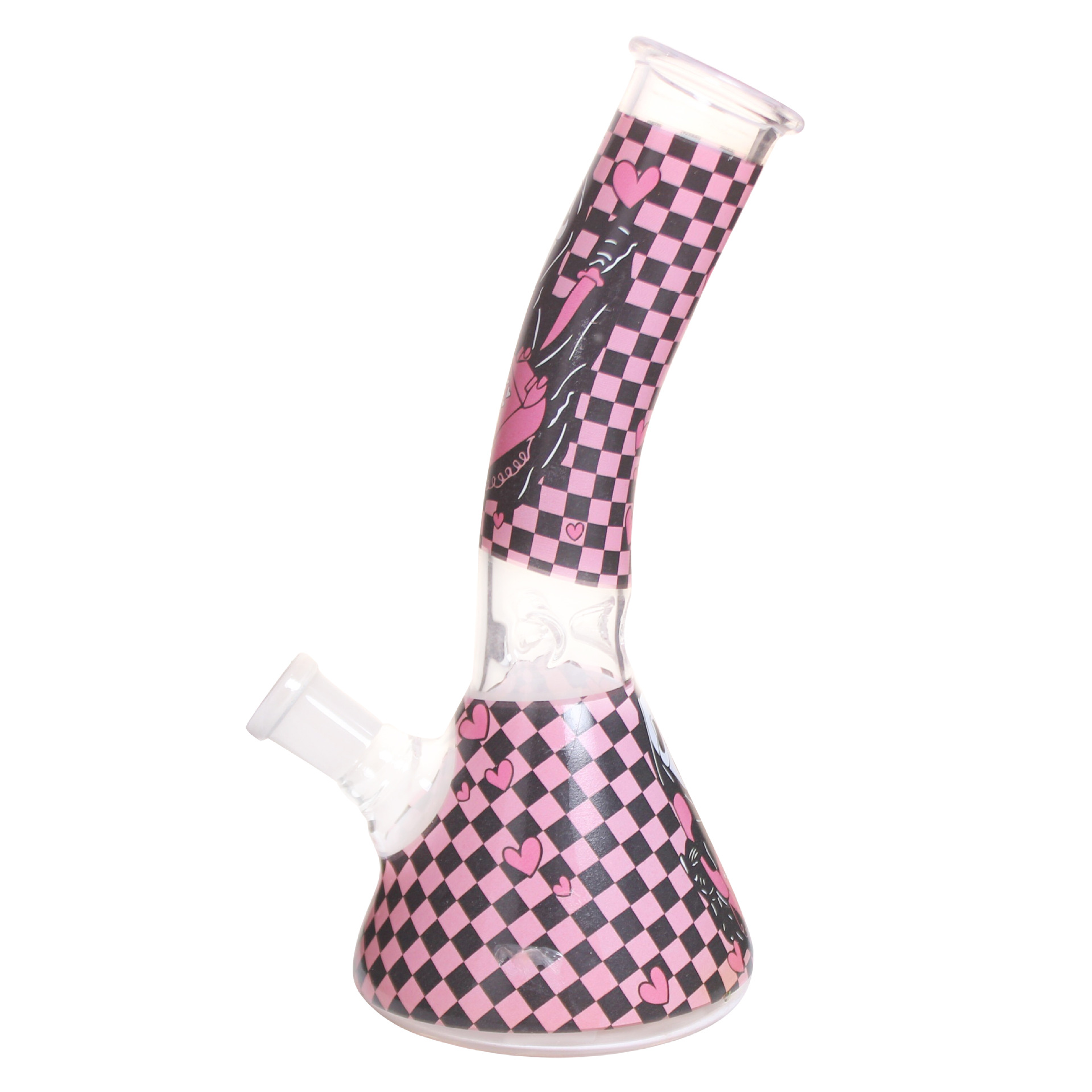During the Ming Wanli period, tobacco began to flow into China from West Asia, Central Asia, and other regions, and quickly spread. By the Qing Dynasty, the trend of smoking had become even more prevalent. Smoking methods are also divided into water, drought, and snuff. Northerners mainly smoke dry tobacco, while southerners tend to use hookahs, which are more popular in Fujian, Guangdong, Guangxi, Yunnan, Sichuan, Guizhou, Hunan, Hubei, Anhui and other places. Water bottle became a product of this era.

The structure of a hookah is generally composed of several parts, including a pipe, a straw, a spout, a tobacco compartment, and a handle. There are both integral cast and detachable hookahs. Its function is to dilute the irritant of tobacco, so that the smoke can be filtered through water once, making the taste more mellow and mild, making it easier to smoke. Later on, it evolved into a symbol of status and was once a smoking accessory for the entertainment of high-ranking officials, nobles, and wealthy families. During the late Qing Dynasty and early Republic of China, people who smoked with hookahs were usually shopkeepers or members of the gentry class. Empress Dowager Cixi was also a smoker of hookah or water pipes, and her burial objects included multiple copper and silver water pipes.
The material of water pipes is mostly white copper, but there are also brass, purple copper, bamboo and wood, silver, aluminum, porcelain and other materials. They come in various shapes such as flat, diamond, circular, hexagonal, trumpet, etc. The decorations carved on smoking bottles are mainly composed of patterns such as pine and crane prolonging the year, bamboo reporting peace, carp jumping over the dragon gate, or landscape figures. The decorative patterns of the craft are mostly cloisonne, hollowed out, and intaglio, and the themes of the images are very diverse. A beautifully crafted hookah often combines practicality, artistry, and historical significance. A pot can showcase many traditional Chinese crafts such as copper carving, calligraphy, painting, inlaying, and enamel painting, containing elegance and charm.

Nowadays, the use of hookah as a tool for filtering out cigarette odors has gradually disappeared, and has become an art piece for people to appreciate and collect. At present, the price of a brass water bottle is about 200-500 yuan, while a white copper water bottle is priced at 300-1000 yuan. Depending on the material and craftsmanship, water bottles with unique shapes and special materials are priced at over 2000 yuan. The various types of hookahs produced during the Ming, Qing, and other dynasties not only reflect the manufacturing level and usage history of smoking utensils in China for over a thousand years, but also provide a true portrayal of the cultural and folk customs of different periods, regions, and ethnic groups in China.
Post time: 08-23-2024



